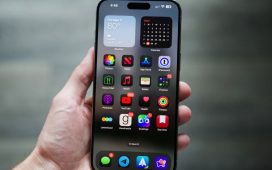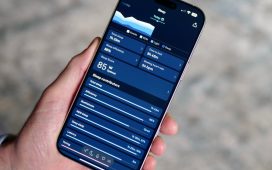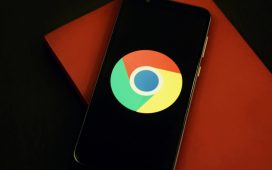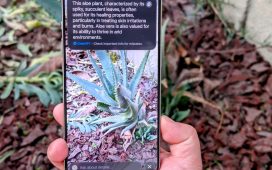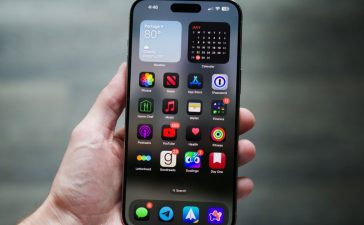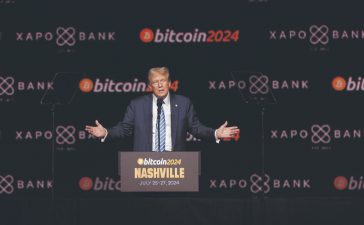The digital divide, a chasm that has long separated billions from the opportunities of the internet age, may soon begin to narrow.
This week, the GSM Association (GSMA) announced the formation of the “Handset Affordability Coalition,” a pioneering alliance of mobile operators, device manufacturers, international organisations, and financial institutions. This global initiative aims to revolutionise access to affordable smartphones worldwide for low- and middle-income populations, particularly in Africa and Asia.
At the heart of this coalition’s mission is addressing the “usage gap” – a stark reality in which approximately 3 billion people, or 38% of the global population, live within reach of mobile broadband networks but remain offline. Frankly, the scale of the challenge is immense, and the primary culprit is the prohibitive cost of internet-capable devices.
Therefore, the coalition’s mission is critical in an era when digital connectivity is increasingly essential for economic and social participation. In Low—and Middle-Income Countries (LMICs), where mobile broadband often serves as the primary or sole gateway to the internet, the affordability of internet-capable devices remains a significant barrier. Strikingly, entry-level mobile devices typically consume 16% of monthly incomes on average in these regions, skyrocketing to 55% for the poorest 20% of the population.
Mats Granryd, the GSMA’s director general, underscored the urgency of the situation: “Mobile has helped billions of people worldwide to play an active role in our increasingly digital world, but the cost of entry can still be too high for many on low incomes. Together with global mobile operators and the support of the World Bank Group and other key coalition members, we’re determined to act on this issue.”
What else will this initiative address?
The initiative will explore multiple avenues to reduce costs, including innovative financing mechanisms supported by the World Bank Group. This approach aims to “de-risk” investments in affordable handsets, potentially opening up new markets and business models that sustainably bring smartphones within reach of low-income populations.
Guangzhe Chen, Vice President for Infrastructure from the World Bank, underscored the transformative potential of the coalition’s work: “Making internet-connected devices more affordable is critical to accelerating digitalisation in developing countries and ensuring no one is left behind. We’ve seen the power of digital technologies to unlock growth and job creation and to ease access to education and health services, but people must first be connected to make this a reality.”
The coalition’s efforts align with broader global initiatives to bridge the digital divide. Doreen Bogdan-Martin, Secretary General of the International Telecommunication Union (ITU), highlighted the coalition’s role in achieving universal connectivity: “In an age of unimaginable digital opportunities, devices are still out of reach for too many. With the 2025 Broadband Commission affordability target on the horizon, this new global coalition is an excellent complement to the Commission’s Working Group on Smartphone Access work.”
What sets this coalition apart is its comprehensive approach to addressing handset affordability. By bringing together key stakeholders from across the mobile ecosystem, including device Original Equipment Manufacturers (OEMs) and the broader device ecosystem, the coalition aims to spearhead innovative ideas and strategies that go beyond traditional cost-reduction efforts.
The GSMA’s role in this initiative is crucial. As facilitator and catalyst, the organisation will inspire collaboration among coalition members, unlock partnerships, and develop best practices and insights for deploying innovative models tailored to narrow the usage gap effectively. This collaborative approach recognises that while handset affordability is not a new issue, and companies have worked for years to bring down the cost of entry-level devices, a unified effort can accelerate progress and create more impactful solutions.
As the world becomes increasingly digital, this coalition represents a watershed moment in the global effort to bridge the digital divide. It promises to unlock new pathways to education, healthcare, and economic opportunities for millions previously left behind in the digital revolution. By addressing the affordability barrier, the coalition aims to unlock the potential of billions currently excluded from the digital economy, empowering them to participate fully in the global digital landscape.
(Image Credit: GSMA)
See also: GSMA: Smartphone ownership surpasses 50% yet digital divide persists


Unified Communications is a two-day event taking place in California, London, and Amsterdam that delves into the future of workplace collaboration in a digital world. The comprehensive event is co-located with Digital Transformation Week, IoT Tech Expo, Edge Computing Expo, Intelligent Automation, AI & Big Data Expo, and Cyber Security & Cloud Expo.
Explore other upcoming enterprise technology events and webinars powered by TechForge here.

